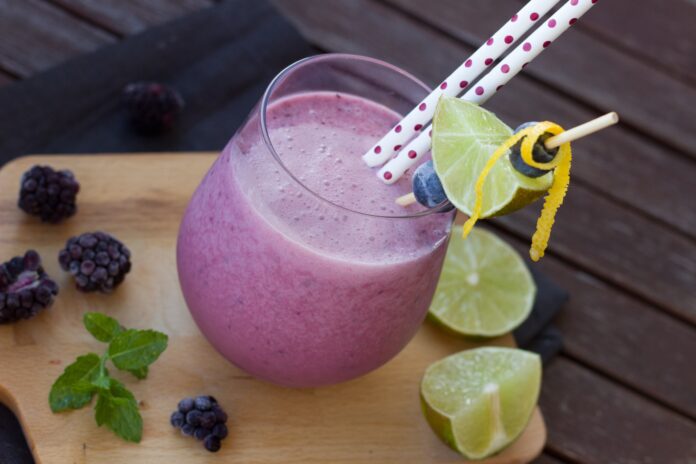I think the most overlooked aspect of being or getting fit is nutrition. People new to fitness always approach me like I’m an encyclopedia for everything they want to know. The first question is generally workout related. “What exercises do I need to do to get bigger arms?” or “What exercises do I need to do to lose x amount of pounds?” The other set of questions are usually supplement related. “What brand of protein do you recommend?”
You’re all getting ahead of yourselves. You’re forgetting the MOST important piece of the puzzle. NUTRITION! People think they can go to the gym, goof around by lifting weights or hitting the treadmill for 45 mins. They expect to have the body of a Greek god or Goddess in under a year while going home and continuing to binge on a diet with no nutrition that turned them into a hefty American in the first place. Sorry, it doesn’t work like that. I’ll allow you to keep chewing on that humble pie for just a moment… ok you can spit it out now. I’m here to educate you! Jump on the big yellow bus. I’m taking you back to school.
Food consists of two major categories. Macronutrients and micronutrients. Macronutrients are the sources of energy within the food that causes your body to keep living. These consist of carbohydrates, protein, and fats. Micronutrients are all the other essential vitamins that are necessary for metabolic processes but give the body zero energy to sustain life.
Let’s start with the basics. What is a calorie?
A calorie is a predetermined unit to measure the amount of energy food contains. Carbohydrates and protein contain 4 calories per gram while fat contains 9 calories per gram. What does this mean? Well, your body uses x amount of calories per day to perform metabolic processes. If you eat more calories than your body needs you gain weight. If you eat less, you lose weight. I’ll teach you how to play with your calories and macro’s in another article to change your body composition.
Carbohydrates
Carbohydrates are broken down into glucose to provide the tissues of the body with energy to perform their functions. Carbohydrates are broken down into two categories. High glycemic index and low glycemic index. Glycemic index is measured by how much glucose is released into the bloodstream over the course of two hours.
High glycemic index is the release of a lot of glucose into the blood stream. These foods normally come from highly processed and refined foods such as white bread and soda. Eating large amounts of these foods has been shown to correlate with health issues such as weight gain, type II diabetes, heart disease and may actually interrupt metabolic processes regarding weight loss.
Low glycemic is the exact opposite. These foods usually consist of foods found naturally in the environment such as vegetables, fruits, nuts, seeds, beans and whole wheats. Eat these foods to stay insulin sensitive (a whole ‘nother can of worms for another article) and promote weight loss.
Protein
I love protein. Proteins are the next topic in our nutrition lesson. On the molecular level, they are formed by one or more chains of amino acids. Amino acids are the individual building blocks that form these long chains and are eventually broken down and restructured by the body to fit a specific task. Proteins are an essential part of your body because nearly everything in your body is made of protein. Bones, hair, fingernails, tissue, and even the enzymes that regulate metabolic processes in your body are made from protein. Fantastic sources of protein are usually going to be found in animal products such as eggs and meat.
Fats
Jeeze. Where to start? FATS ARE NOT BAD FOR YOU PEOPLE! There’s been a witch hunt out for fats in recent years and it’s completely silly. Your nutrition plan should always have some fat in it. Let’s break down the categories for fats.
Avocado is rich in mono and polysaturated fats!
Poly and monosaturated fats are the good fats! So let’s put the torches and pitchforks down for these guys. They’re necessary for heart health by lowering bad cholesterol and even helping to reduce your risk of heart disease. Plus they taste good. Peanut butter is delicious isn’t it?
Let’s get after the bad guys. Saturated fat isn’t great for you, in copious amounts its pretty bad. But having some won’t kill you. Saturated fat raises bad cholesterol and helps increase your risk of heart disease. Saturated fat is notoriously found in animal products such as meat and dairy products.
Trans fats. Where to begin… how about with eek? Trans fats aren’t found in nature except in the stomachs of cows and sheep. Because of this, there are small amounts of dairy products. Otherwise, the only way its produced is through the man made manufacturing of food. Scary right? Trans fats lower good cholesterol and raise bad cholesterol. They can be found in some bakery products.
Food is fun. Take your nutrition seriously and you will see changes within your body that you’ve been dreaming for and admiring other people for. If you’ve ever heard of the saying abs are made in the kitchen, not in the gym, it’s absolutely true. Everything you do outside of the gym is equally if not more important than what you do in the gym. Step your game up!


